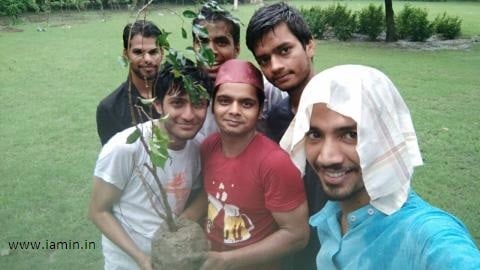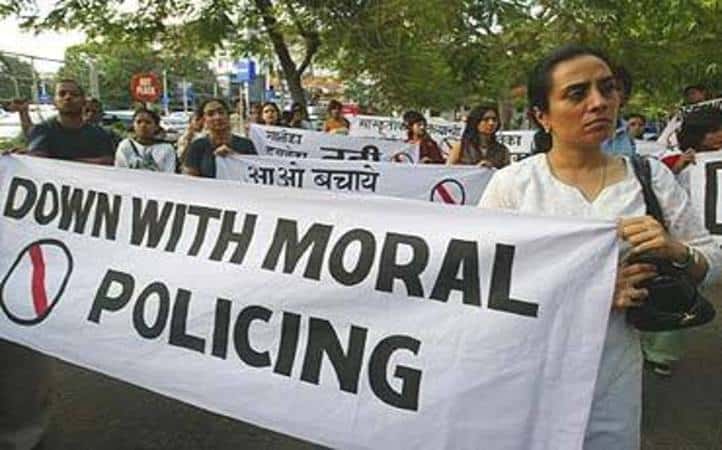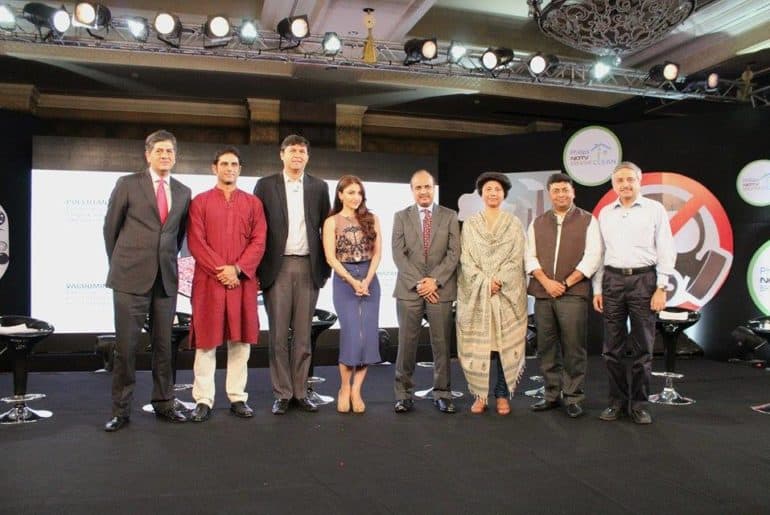According to the recent college guidelines imposed on the students by Dr. Ashok Sehgal, the new officiating principal, Shri Ram College of Commerce (SRCC) no longer conciliates the title of the ‘most-happening college’ in Delhi University and has distinctly pledged the future of approx. 40 unregistered societies. A compendium of rules issued by the Principal has inflicted various obstacles for students in the field of organizing cultural festivals.
For instance, cultural activities like Rain Dance Fresher’s and Prom Nights will be discontinued from this year. “Rain Dance leads to wastage of resources, unnecessary litigations and damage of college property, so it is in our best interest to avoid this particular event”, said a staff member.This year the authorities will keep a close check that no star performer or artist can be paid more than Rs. 10 Lakhs during Crossroads, the annual fest, unlike last year where Atif Aslam was paid Rs 40 Lakhs for a mere 20 minutes performance.
Unregistered societies on the other hand cannot organize their individual fests except a few academic and co-curricular activities. Events like SRCC Youth Conference which were usually held during this time of the month will now have to wait for the elections to end, i.e. 11th September. There’s a stringent necessity now for all registered societies (including The Students’ Union) to take prior consent from the Principal himself (along with the estimated budget) regarding any event or activity they want to organize.
Furthermore, they are neither allowed to post any notice or poster in the name of the college without a careful scrutiny by the teacher concerned, nor obtain money from the students in any form (including tickets and passes which were their major source of funds). It is also mandatory to deploy lady police to ensure safety and security of all the female students during the fests considering various past cases of eve teasing or molestation during the annual fest.
However, the most severe imposition according to the students who are ardently absorbed in the pre-elections campaigning is that no post in the Union shall be awarded to the students with attendance less than 75% and academic arrears.
Tamanna Goel

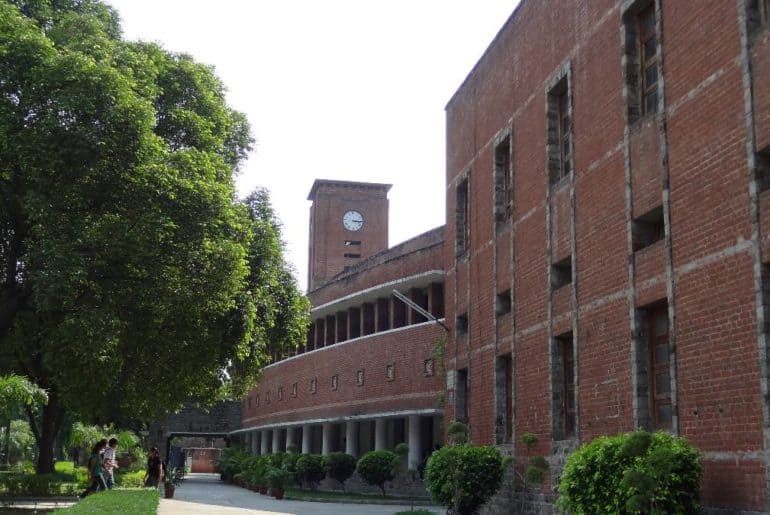
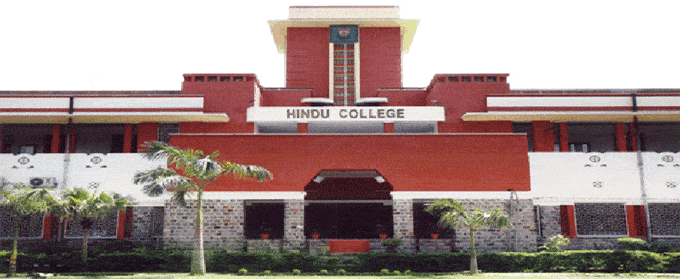
 Furthermore, the fate of Hindu’s famous V-Tree Festival conducted every year on the 14th of February has been put into question. Many students are of the opinion that even if the festival is somehow conducted, the response that it receives every year will not be the same. The annual college fest, ‘Mecca,’ considered by many to be one of DU’s best, also requires a large area to set up stalls and stages. Events will have to be planned by the student union in a manner that doesn’t disrupt the construction and at the same time doesn’t reduce the standards set in previous years.
Furthermore, the fate of Hindu’s famous V-Tree Festival conducted every year on the 14th of February has been put into question. Many students are of the opinion that even if the festival is somehow conducted, the response that it receives every year will not be the same. The annual college fest, ‘Mecca,’ considered by many to be one of DU’s best, also requires a large area to set up stalls and stages. Events will have to be planned by the student union in a manner that doesn’t disrupt the construction and at the same time doesn’t reduce the standards set in previous years.





